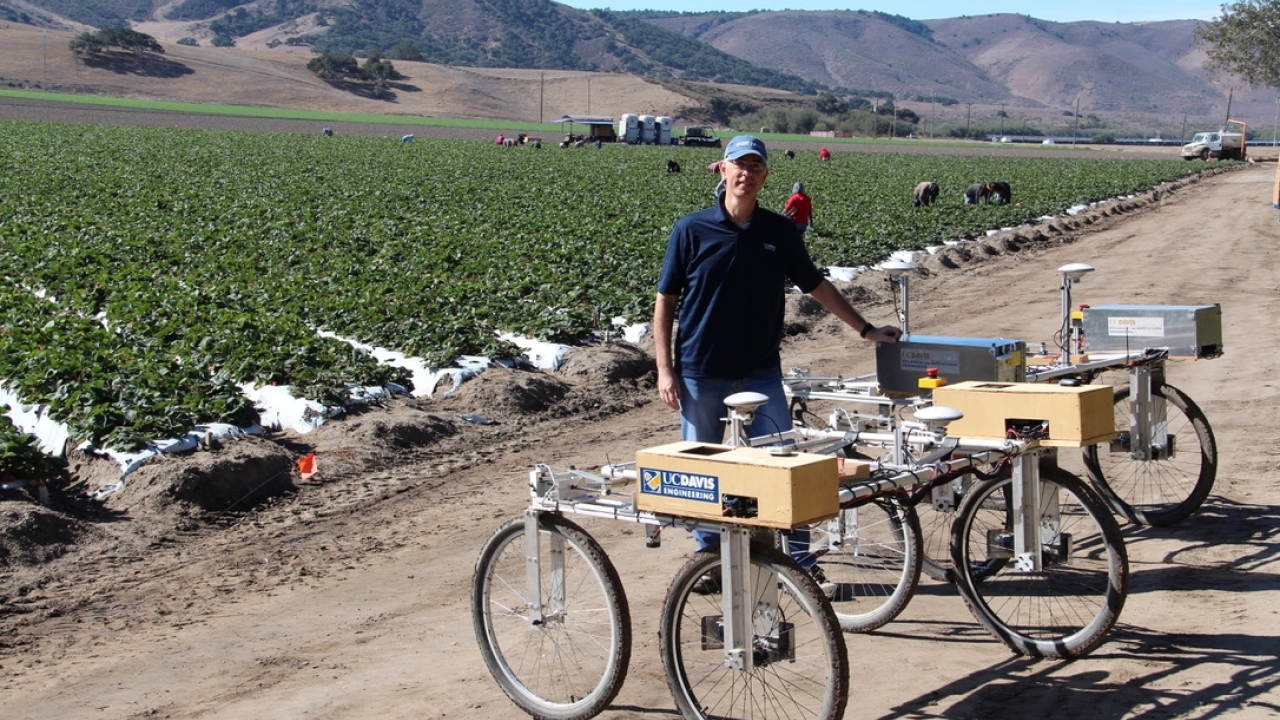
EPA Removal of Vehicle Emissions Limits Won’t Stop Shift to Electric Vehicles, but Will Make it Harder, Slower and More Expensive
The U.S. government is in full retreat from its efforts to make vehicles more fuel-efficient, which it has been waging, along with state governments, since the 1970s.
The latest move came on July 29, 2025, when the Environmental Protection Agency said it planned to rescind its landmark 2009 decision, known as the “endangerment finding,” that greenhouse gases pose a threat to public health and welfare. If that stands up in court and is not overruled by Congress, it would undo a key part of the long-standing effort to limit greenhouse gas emissions from vehicles.
As a scholar of how vehicle emissions contribute to climate change, I know that the science behind the endangerment finding hasn’t changed. If anything, the evidence has grown that greenhouse gas emissions are warming the planet and threatening people’s health and safety. Heat waves, flooding, sea-level rise and wildfires have only worsened in the decade and a half since the EPA’s ruling.
Regulations over the years have cut emissions from power generation, leaving transportation as the largest source of greenhouse gas emissions in the U.S.
The scientific community agrees that vehicle emissions are harmful and should be regulated. The public also agrees, and has indicated strong preferences for cars that pollute less, including both more efficient gas-burning vehicles and electric-powered ones. Consumers have also been drawn to electric vehicles thanks to other benefits such as performance, operation cost and innovative technologies.
That is why I believe the EPA’s move will not stop the public and commercial transition to electric vehicles, but it will make that shift harder, slower and more expensive for everyone.





